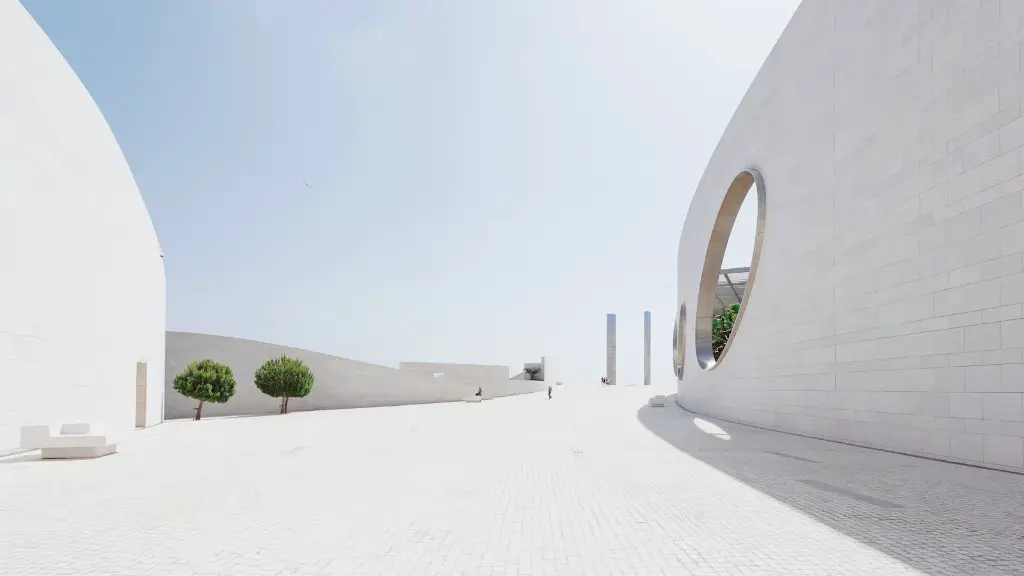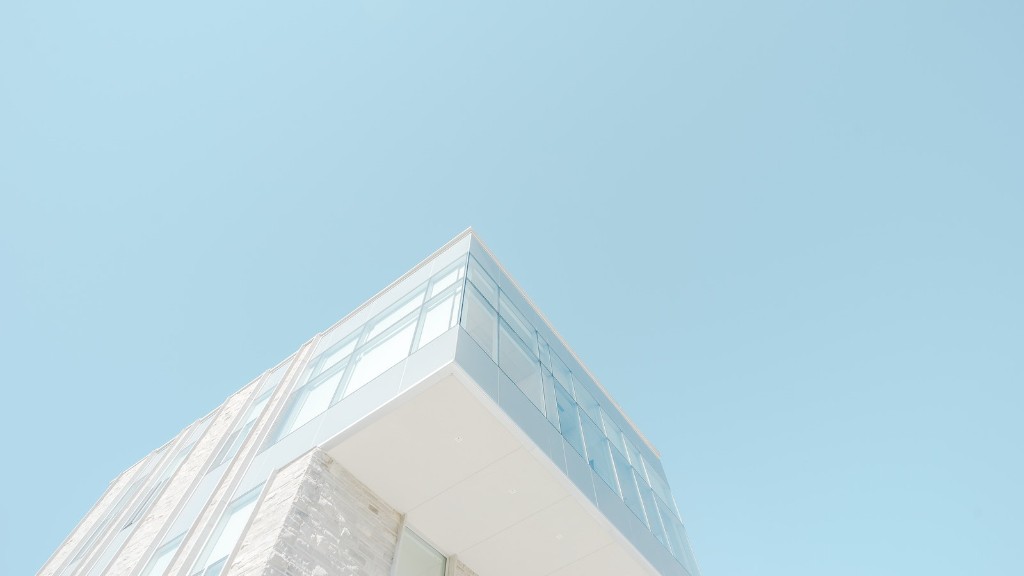What is Mood Board in Architecture?
Mood boards in architecture are a visual tool used to collaborate on the overall vision and plan of a design project. Architects use mood boards to communicate the general concept of a design to a team of contractors, designers and engineers that will be involved in its completion. Through the creation of a mood board, architects can communicate the manner in which they expect each design element to fit together and the associated cost of each. Mood boards are also used to communicate a design to the customer and to make sure that the design the customer envisioned is reflecting the end product.
Purpose
Mood boards serve as a visual representation of the desired result of a design project. It helps to evaluate materials, colors, textures, patterns, shapes and other decorative elements that will be used to create the desired look and feel of a design. A mood board in architecture is also an effective tool for synthesizing the team’s ideas before committing to any design decisions. Mood boards are beneficial in the early planning stages of a design project. Architects can quickly compare various ideas and costs for a design concept without wasting time and money.
Components of a Mood Board
Mood boards typically include swatches of materials, photographs of interiors and exteriors, pieces of furniture, pieces of artwork and sketches. Architects use a variety of media to create mood boards. These include: fabric, paint, tile and other materials, magazines, catalogs, photographs, and renderings. When creating a mood board in architecture, it is important to pay attention to color and lighting. Using a variety of colors, textures, patterns and materials can create a cohesive look. Lighting also plays an important role in creating the desired atmosphere. Lighting can help to create the desired ambience and mood.
Using Mood Boards
Mood boards are used to produce a visual representation of a design concept. They can help architects to quickly assess and compare the various elements that will be used in a design. They are also useful for assessing how the final product will look and feel. Mood boards are beneficial for communicating ideas between the contractor, designer, engineer and customer. They provide a visual aid to present concepts in a manner that all parties can understand.
Advantages
Mood boards are a great way to quickly evaluate a design concept and visualize the desired outcome. They can save time, money and resources by eliminating the need to commit to a design before the concept is assessed. Mood boards are also beneficial for communicating with the customer and other parties involved in the design project. Mood boards can quickly convey the vision of the project and help to ensure that everyone is on the same page regarding the design.
Analysis
Mood boards are important tools used by architects to communicate and evaluate design concepts. They provide a visual representation of the desired outcome and can be used to quickly evaluate materials, colors, textures and patterns. Mood boards can help to create cohesion among the team and provide effective communication with the customer. They are useful for saving time and money throughout the design process and for creating the desired ambience and atmosphere for the final product.
Disadvantages
Mood boards can be quite time-consuming to create. It takes time and effort to source different materials, fabrics, photographs and renderings to create an effective mood board. Additionally, it is easy to get overwhelmed with the sheer number of design options available and to become swayed by design trends. As such, care must be taken to ensure that the mood board accurately reflects the desired outcome.
Creative Process
Creating a mood board requires a creative process. Architects must consider the aesthetic, practical and financial implications of any design decisions. It is also important to ensure that the design elements work together to create the desired effect. Furthermore, the architect must ensure that the design elements reflect the desired atmosphere and ambience. Researching different design trends and materials is beneficial to ensure this.
Technology Integration
The role of technology in creating mood boards has significantly increased in recent years. Software programs and applications are now used to source materials for creating mood boards. 3D visualization tools can be used to create a realistic representation of a design concept by digitally manipulating the materials in real-time. These tools can effectively cut down on the time-consuming task of sourcing different materials to create a mood board.
Digital Mood Boards
Digital mood boards are becoming increasingly popular among architects. Digital mood boards can quickly convey a design concept and create continuity among the different design elements. Furthermore, they can be used to acquire feedback on design elements from the customer and other parties involved in a design project. Digital mood boards are cost-effective, as they do not require additional materials to create.
Conclusion
In conclusion, mood boards in architecture are valuable tools for evaluating design concepts and communicating them to other parties involved in a design project. Architects can utilize mood boards to evaluate contrasting materials, colors, textures and patterns, as well as to synthesize ideas before committing to design decisions. Technology integration has significantly enhanced the capabilities of mood boards, allowing for 3D visualization tools to be used to create realistic representations of designs. The use of digital mood boards is rapidly becoming a popular option among architects due to its cost-effectiveness and time-saving capabilities.


